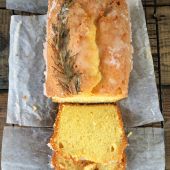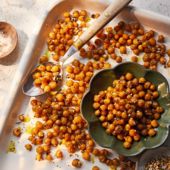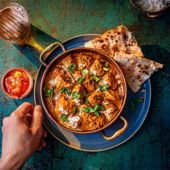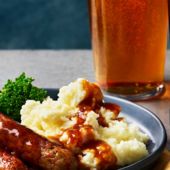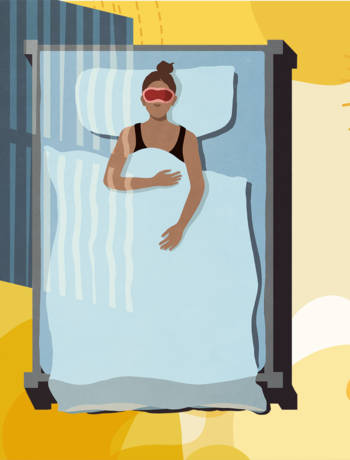Health
Mind the fibre gap: why fibre is good for you
by Sarah Maber
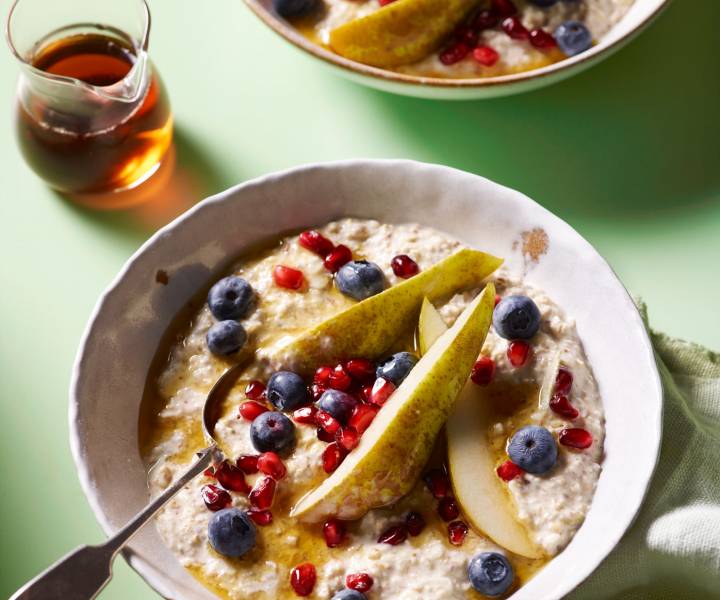
It's no secret that fibre is good for you, but now new research has unlocked why it's so important...
Want to lose weight, protect yourself from heart disease, stroke, diabetes and arthritis? The answer lies in a fibre-filled plate. Eating wholemeal bread, potatoes, pulses and veg will cut your chances of major illnesses and early death, according to a landmark study published earlier this year.
The research, commissioned by the World Health Organization, analysed 20 studies involving more than a million people. It found that overall death rates were 15 per cent lower in those eating the highest amount of fibre. These people were 31 per cent less likely to die of heart disease, 22 per cent less likely to have a stroke and 16 per cent less likely to get bowel cancer. It’s astonishing stuff – but for 91% of us, irrelevant; just nine per cent of British adults eat the recommended 30g of fibre a day.
‘We have got very strong evidence that a high-fibre diet, which for the majority of people is at least high-ish in carbohydrates, has an enormous protective effect,’ said Professor Jim Mann, who led the research.
So why the fibre gap? Three decades ago, high-fibre, high-carb diets were as popular as today’s 5:2 diet. Audrey Eyton’s best-selling Extraordinary F-Plan Diet promised a ‘revolutionary’ weight-loss plan by eating high-fibre foods, and Rosemary Conley’s Hip And Thigh Diet was essentially a low-fat, high-fibre plan, including plenty of fresh fruit, vegetables and wholegrains. Today, we are more likely to restrict carbohydrates to lose pounds – and thiscan mean restricting our fibre intake, too.
So is it time to abandon low-carbohydrate diets? While the current trend for higher-fat, lower-carb eating makes it harder to get our 30g a day, it is possible to follow a lower-carbohydrate way of eating and up your fibre, says dietitian Dr Carrie Ruxton. ‘To boost your intake, eat 1-2 servings of nuts/seeds daily,’ she says. ‘Add milled flaxseed to breakfast cereals and soups, eat 3-5 portions of veggies daily and add a handful of beans or pulses to stews.'
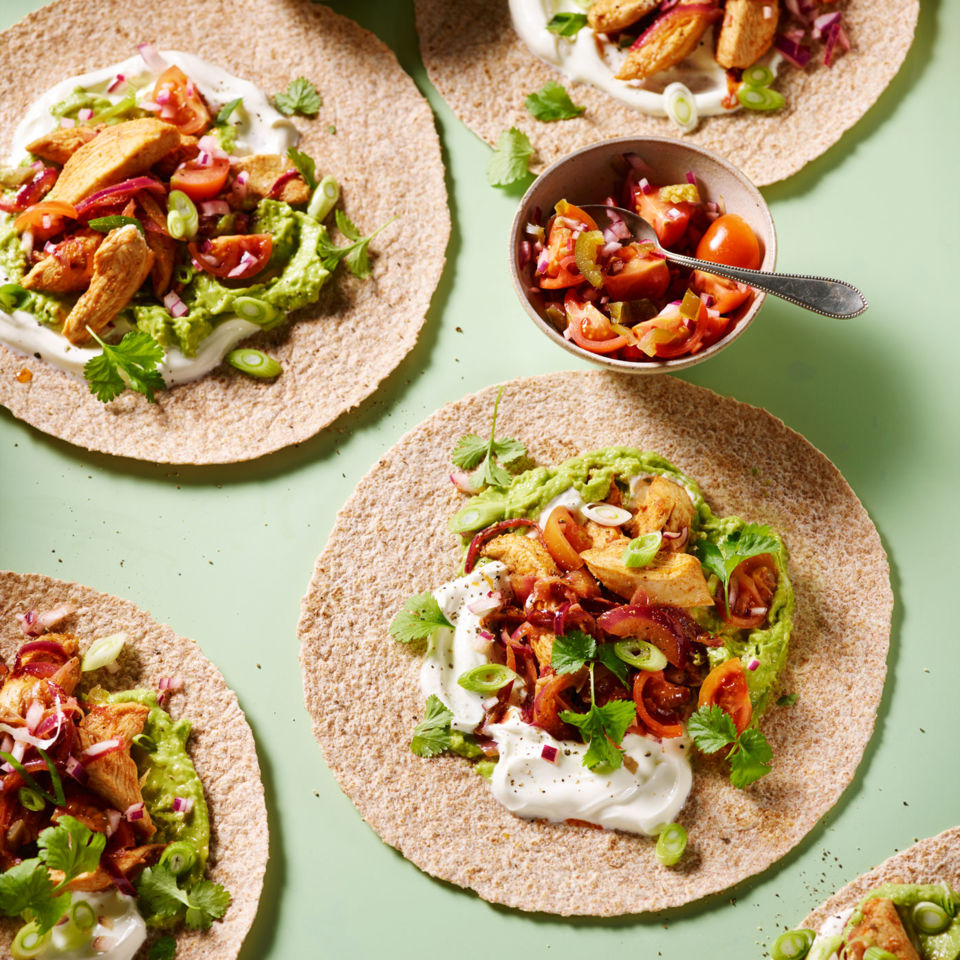
But whatever your diet, experts agree the fibre message is one you should be taking seriously. Scientists have known for a long time that eating more roughage – the indigestible, fibrous material in plants and wholegrains – is linked to better health but they weren’t sure why. Now, new research suggests that fibre feeds the billions of bacteria in our guts (the gut microbiome). And keeping them happy means our intestines and immune systems remain in good working order – which has far- reaching benefits for our general health. ‘You could consider the gut microbiome as your front line of defence,’ says nutritionist Amanda Hamilton, co-author of The G Plan Diet (Octopus, £12.99).
‘You want to have the bacteria on your side – they influence your immune system, your mood, your weight, your disease risk. Think of fibre as the fertiliser of this gut garden.’ So what do we need to eat to get our 30g a day? Porridge with nuts and berries for breakfast, lentil soup, salad and a banana for lunch, plus a potato or wholegrain pasta and veggies for dinner, is a good place to start. ‘Make sure you’re choosing the higher- fibre varieties of grain,’ says Hamilton. ‘Snack on unsalted nuts for extra fibre and nutrients, and think about increasing plant-based proteins – swap meat for beans and pulses. Aim for half your plate being made up by veg.’ Think diversity, says Dr Tim Spector, author of The Diet Myth (W&N, £8.99) and founder of the British Gut Project. ‘More important than meat or vegetable content is the variety of fruit and vegetables you eat,’ he says. ‘Vary the bread you eat and the grains, vegetables and cereals.’
And the newest research suggests that the early followers of the F-Plan were right – a diet rich in fibre could lower your risk of putting on weight. Experts now believe that a low-fibre diet interferes with the way we digest calories from our food and could cause our bodies to store more fat. Sadly, though, weight loss isn’t as simple as just popping a fibre supplement. ‘Studies suggest that fibre replaced artificially is not as effective as vegetables,’ Spector says. ‘Every gram of fibre you eat can translate to health gains – even the smallest improvements in intake seem to matter. So eat more of it.’ You have been told...
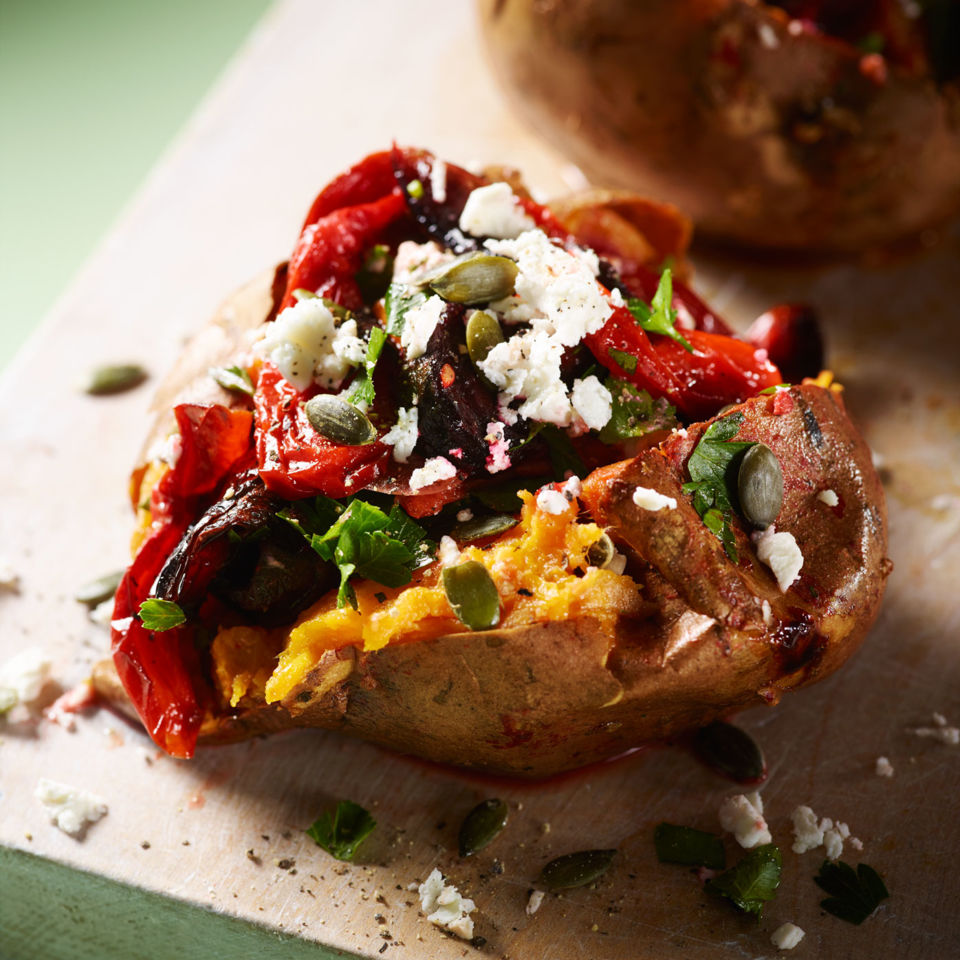
15 foods with the F factor:
Which foods have got the most fibre? Here are some of the best things to eat to hit your 30g a day (fibre per 100g of food)
RED KIDNEY BEANS (tinned) 8.3g
OATS (UNCOOKED) 7.8g
BROAD BEANS 7.2g
WHOLEMEAL BREAD 7g
HAZELNUTS 6.9g
ALMONDS 5.6g
CHICKPEAS (tinned) 5.5g
GREEN PEAS 5.3g
MULTIGRAIN BREAD 5.3g
AVOCADOS 4.4g
WHOLEMEAL PASTA (cooked) 4.2g
BULGUR WHEAT (cooked) 4g
RASPBERRIES 3.3g
BAKED POTATO 2.2g (medium-sized with skin on)
BANANAS 1.4g
Now try our fibre-packed recipes:

